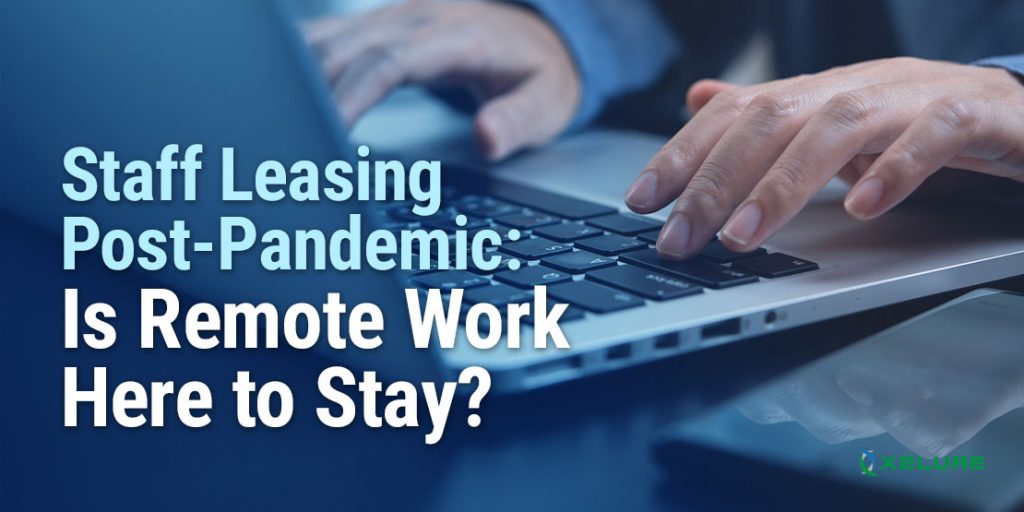Looking for the best time to build a remote team in the Philippines?
Hiring in December to January is arguably the best time to do so.
As the end of 2019 approaches, many companies are closing their 2019 books and have the foundation to their 2020 budgets. Others are looking to spend their underused 2019 budgets.
With a few pending IT-related costs approaching (like the impending Windows 7 EOL), December to January is the optimal time to start the effort of building your remote staff.
Timing
The Philippines in particular, has specific laws by which employees and employers benefit according to their purposes.
- Pro-employee benefit
Philippine law mandates that all companies, foreign or domestic, must provide each employee with a 13th month bonus. This pro-employee policy is considered by Filipinos as their Christmas bonus. They normally receive this extra income at the beginning till the middle of December.
By end of November, most employees will have an idea of the value of their respective 13th month bonus. Employees who find their bonus unsatisfactory are willing to consider newer opportunities for Jan 1. It’s prime picking for qualified highly skilled resources who are looking for a change in the new year to leave their underappreciated current employment.
- Pro-employer benefit
Secondly, another Philippine requirement is that all employees looking to terminate their current employment are mandated to provide 30-day resignation notice. Not all Philippine companies adhere to hold their resignees to 30 days, but one must expect that their new hire will need to hand-over their responsibilities within that timeframe. When you find a resource that meets your needs, they can initiate their resignation and should be eligible to start as early as January 2.
Cloud Services Technologies enable Remote Staffing
With the growth of Cloud Services, remote teams are more and more prevalent. Having resources work in a follow-the-sun model allows companies to deliver services more efficiently.
Increases in bandwidth, fiber cables, and 5G networks are the trend and allow seamless connectivity between remote staff and their respective corporate headquarters. This connectivity makes building a remote team in Manila even more feasible.
Along with faster and more reliable connection is the rise of collaboration tools like Skype for Business, GitHub, AWS, Teams, Basecamp, Google Hangouts, Slack, Zoom, Webex, and Blue Jeans. These cloud-based tools enable distributed teams to communicate effortlessly, allowing for increased productivity.
Moreover, if you’re concerned about data security and privacy, additional security policy implemented in cloud services enables companies to connect and interact with their remote staff with confidence. Better VPNs and secure tunnels protect your most valuable data between your headquarters and the remote staff. Overall, cloud services technologies allow for better management and monitoring of remote teams.
With continuous advancements in cloud-based tools that facilitate communication and collaboration using fast and secure connection, the question is no longer of technology. Hiring and working with remote staff in Manila has never been easier.
Demographics
The demographics of the Philippine workforce is a compelling reason why the country is a top destination for building a remote team. The average median age of the population is 25 years old, a favorable demographic savvy to the current digital trends. Additionally, the Philippines has the highest proportion of women managers among Asian countries, according to a 2015 study by the International Labor Organization, putting the country ahead in terms of diversity and inclusion of women in tech. The multitude of talent and experience ranges from hungry new grads to a plethora of 10-20 year industry veterans brought upon the early outsourcing adopters like Javelin Technologies, E*Trade, JP Morgan, IBM, Accenture, etc.
Compound these demographic attributes, a young, tech-savvy, and diverse workforce makes for one rich talent pool.
Cost-Savings
Which brings us to the bottom line: COST. The Philippines’ low cost of labor and high-quality talent pool offer a cost advantage without sacrificing skills and experience. For the cost of one in-house staff, you can hire two people offshore who fit your requirement, already accustomed to your culture, excellent English speakers with great customer service skills.
Let’s say you are a startup founder looking to ramp up your mobile app development. An iOS developer in the United States with one to four years of experience makes an average of $80,188 annually while an iOS developer in the Philippines with the same years of experience earns ₱549,818 or roughly $10,856 a year. This means for the cost of one in-house iOS developer you can have a remote team of two to three iOS developers. Massive cost savings with potentially quicker time to market.
To sum it up, if you already have the technology, the tools, the cost advantage, and the timing is right for getting the highly-skilled people you need, then indeed, now is the best time to start building your remote team in Manila. Make the time work for you.
Want to incubate your business idea by building a remote team in Manila? Build a team of one or more when you partner with Xelure. Check out our Staff Leasing service or contact us for any inquiries.






